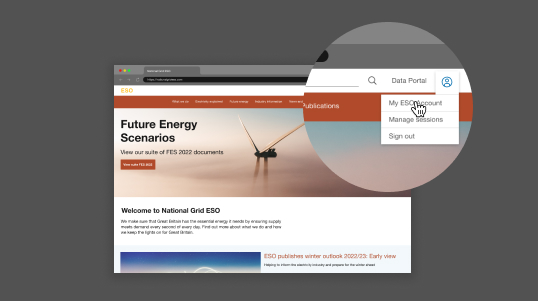Consumers will play a bigger role in the energy system in future, but care must be taken to ensure fairness so changes to markets and policy have an equitable outcome for all consumers.
We expect total consumer energy demand to reduce in all scenarios in the medium and long-term, driven by savings from energy efficiency measures and electrification.
Key insights
Residential:
- Further policy support and incentives are needed to increase uptake rates of heat pumps, in addition to the progress being made through the Boiler Upgrade Scheme (BUS). Based on the current environment and outlook, heat pump annual installation rates do not meet the government’s 600,000 per year target by 2028.
- Alongside this, a clear decision on the role of hydrogen in heating should be accelerated and heat pump targets and incentives reviewed accordingly. If heat pump uptake remains off-track in 2026 and hydrogen for heat is not supported, then the task of increasing heat pump uptake will be more difficult and expensive.
- Current and expected funding for home insulation is insufficient to deliver the levels of energy efficiency improvement in our net zero scenarios.
- Designating zones for specific heating systems provides a more cost-optimal system than full consumer choice, particularly when considering growth of technologies with greater local infrastructure requirements such as district heating or hydrogen for heat.
- Demand from electrical appliances is expected to continue to reduce in our net zero scenarios due to increasing energy efficiency.
- The Demand Flexibility Service has demonstrated the potential benefits to consumers and the energy system from mass participation in consumer flexibility.
Road transport:
- Sales of electric cars are still accelerating, but further action is needed to meet the government’s target for no new sales of petrol and diesel cars by 2030. Electric vehicle uptake rates remained strong in 2022, but face some challenging headwinds in the coming years that could jeopardise the 2030 ban date on new sales of petrol/diesel cars and vans.
- Careful consideration is needed to ensure there is fair transition and affordable, equitable access to charging infrastructure in the shift to EVs. There is the potential for different consumer segments to face different costs, due to use of different types of chargers, their accessibility, and their location.
- Optimal whole energy system outcomes that shift EV charging away from the evening peak require appropriate technology development, incentives, tariffs, and level of automation to be in place.
- Hydrogen is expected to start to play a role in road transport demand, particularly for larger vehicles such as HGVs and buses, but overall volumes will remain low other than in System Transformation, as electrification dominates among low carbon transport options.
Industrial and commercial:
- High energy prices, inflation and low economic growth are likely to help suppress energy demand in the industrial and commercial sectors in the short-term.
- Developments in the industrial sector suggest that fuel switching to hydrogen may take place further and faster than previously thought, with take-up expected to accelerate from the late 2020s onwards as subsidised hydrogen supply projects are brought forward. In the commercial sector, electrification of heat is frequently more cost-effective than the use of hydrogen.
- Energy efficiency improvements are important to help offset increasing electricity demand from electrification in the industrial and commercial sectors.
- Industrial cluster locations for carbon capture usage and storage and hydrogen need to be carefully considered to maximise use of existing network infrastructure and avoid exacerbating system constraints.
- We expect high growth in energy demand in some sectors such as commercial data centres. This could represent up to 6% of GB electricity demand by 2030 from around 1% today, however there remains considerable uncertainty still in the range of the final energy demands for this sub-sector.


